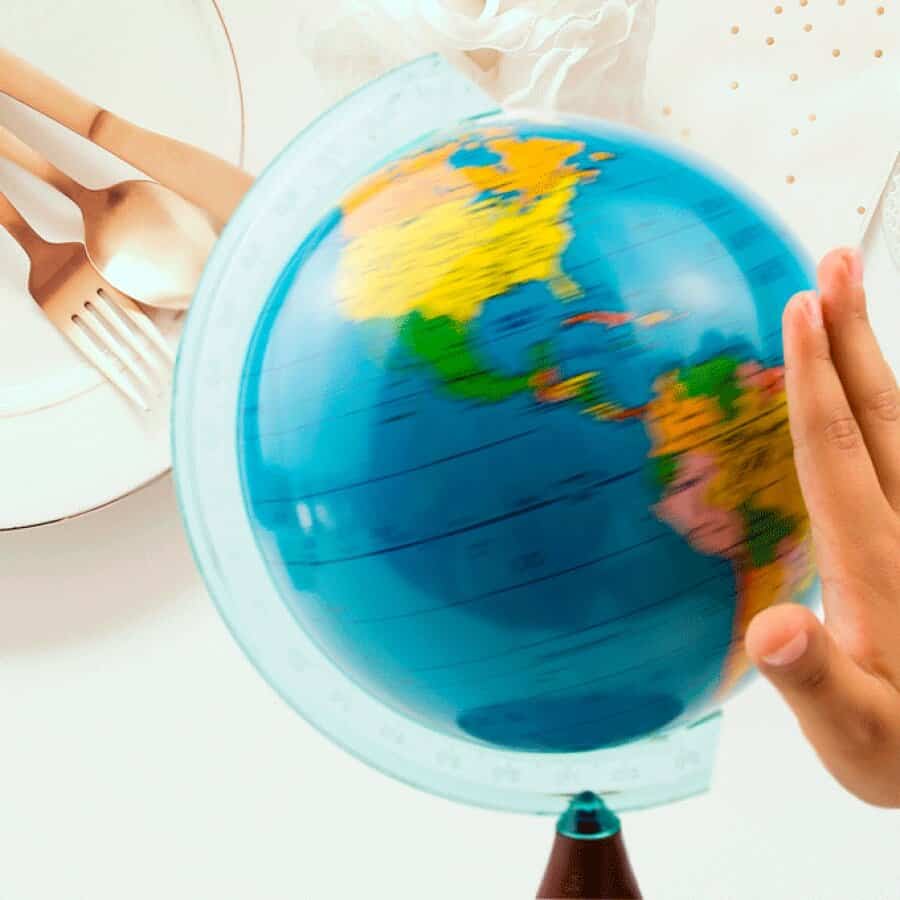For those who judge a country strictly by its cuisine, the following words might be little liberating. Associating beer with Germany or wine with France no longer needs to be absolute, and similarly there may also be some common ground when it comes to food, if looked at more closely.
In today’s interconected world there is a vast choice of different international cuisines, with many exotic dishes you can only imagine and scarcely pronounce.
But despite the variety of offer, certain types of dishes exist in most countries. Let’s check them out closely.
Stew
A meal consisting of meat, vegetables, stock, and spices, sometimes also wine.
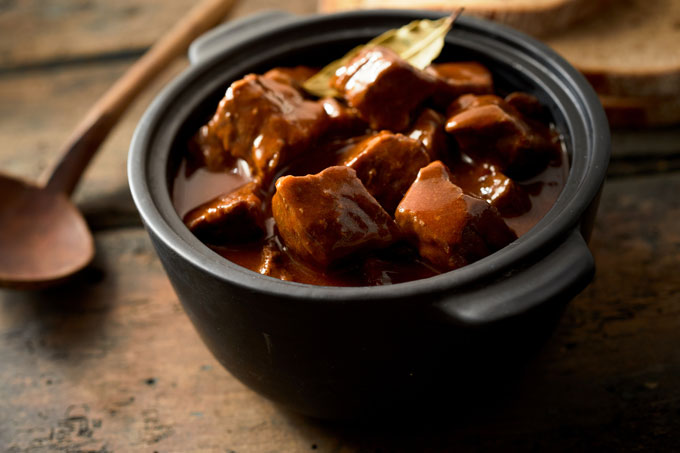
Beef stew is common in England, but pörkölt is a similar dish – with origins in Hungary – which has been domesticated in the Czech Republic and other parts of the world under the name goulash (while goulash in Hungary is a soup dish).
When we move a little bit to the east, there is a dish called Rogan Josh, from Kashmir, which not only strongly resembles goulash, but the word “josh” literally means stew (rogan josh – stewed in ghee or red stew). Rogan Josh is prepared with lamb or mutton cooked a very spicy sauce.
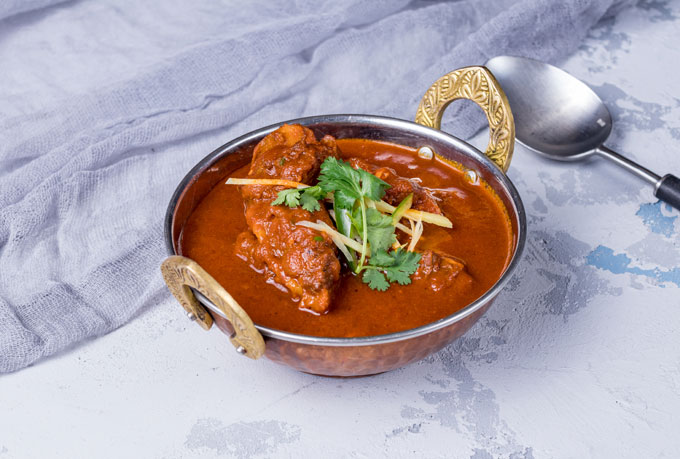
Ragout – a French style stew
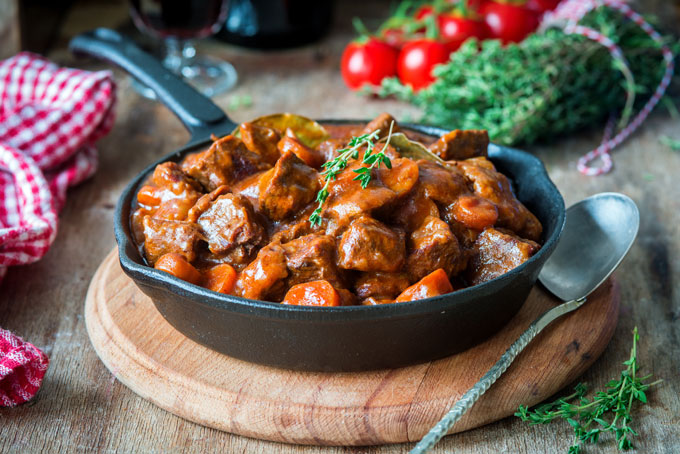
Dumplings
Dumplings appear across the world. Broadly they are small pieces of filling wrapped in dough, steamed or cooked in hot water.
The name “dumpling” is mainly associated with heavy, unhealthy meals from Central Europe – the Czech Republic in particular. Here dumplings are an important side dish that hasn’t earned a very good reputation among tourists. Dumplings can be in the form of a rounded shape with filling, but more commonly sliced without filling and served in a sauce.
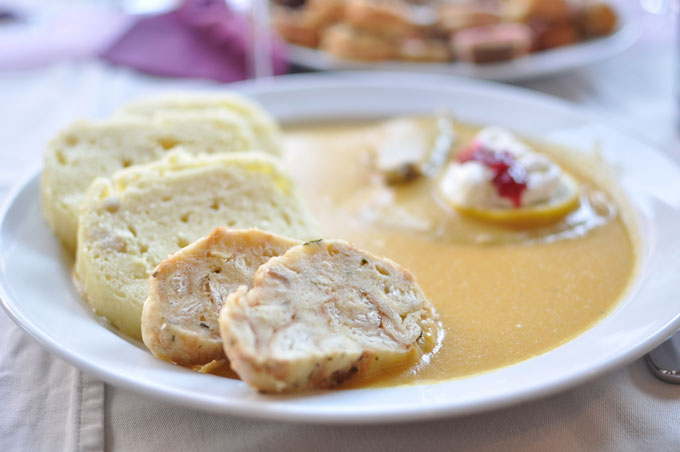
Very similar are the Austrian Knödel and the Tirolean Dumpling.
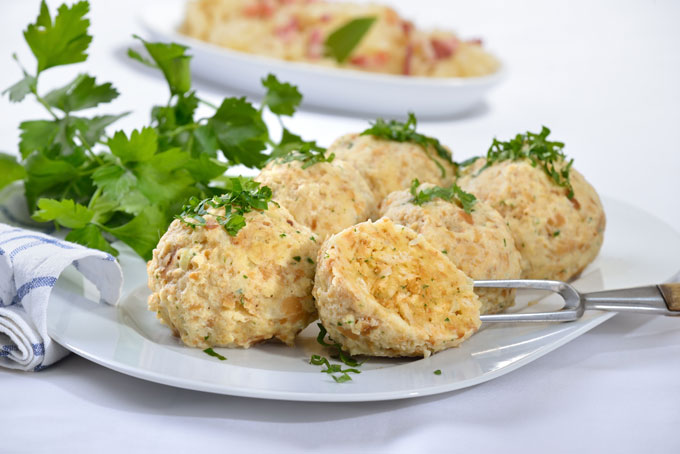
Chinese dumplings vary with different types of fillings, and with the type of the dough. Eaten alone or in soups, they are all very delicious. Har gow (dim sum)
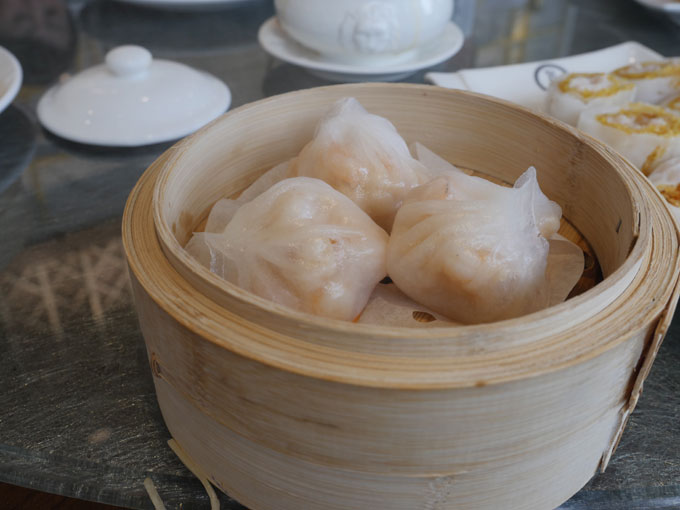
Russian filled dumplings are called Pelmeni.
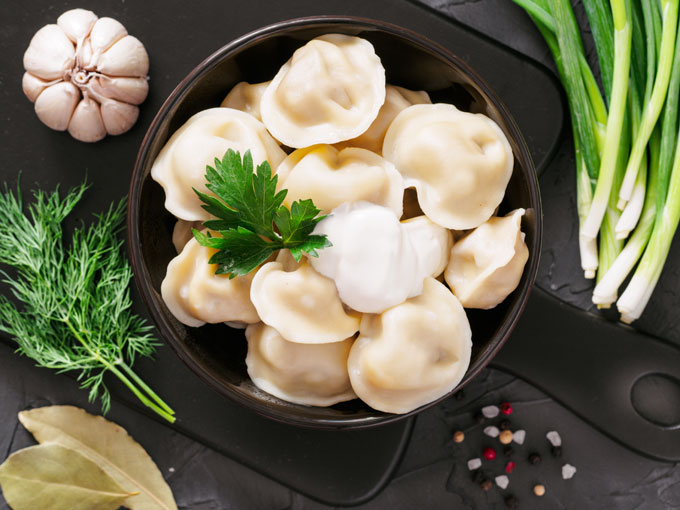
Italian ravioli can be included in the category of filled, steamed pasta.
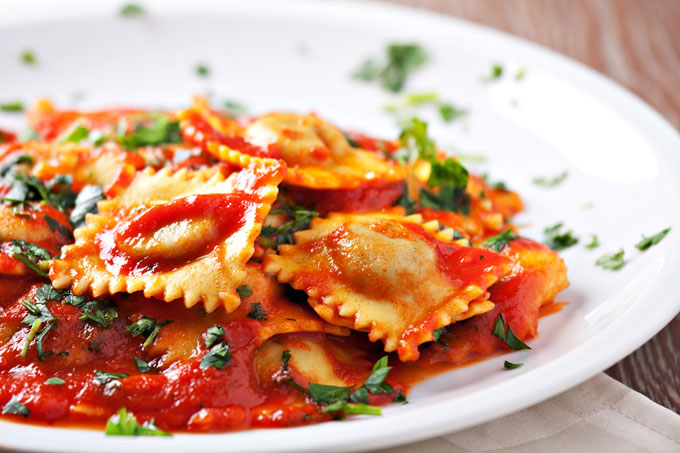
Indian dumplings: Kozhukkatta, Manda Pitha, Idli.
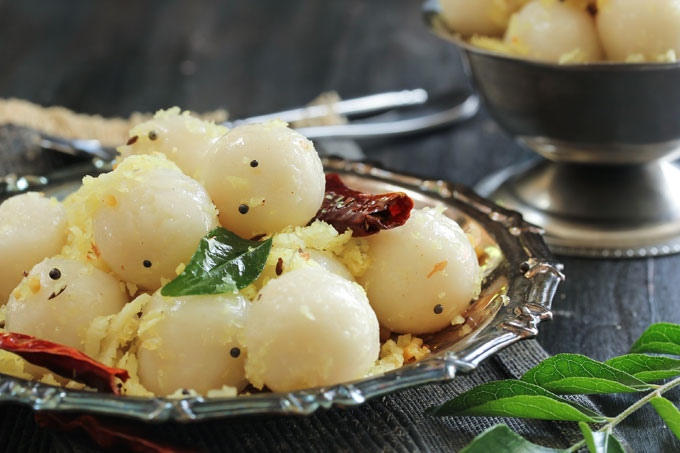
Japanese: Nikuman, Gyoza.

Central Asia (Kazakhstan, Uzbekistan): Manti
Fillings can be also sweet.
Nepal: Yomari
Czech republic: Potato or quark dumplings stuffed with fruit

India: Modak (Indian Festival sweet food)
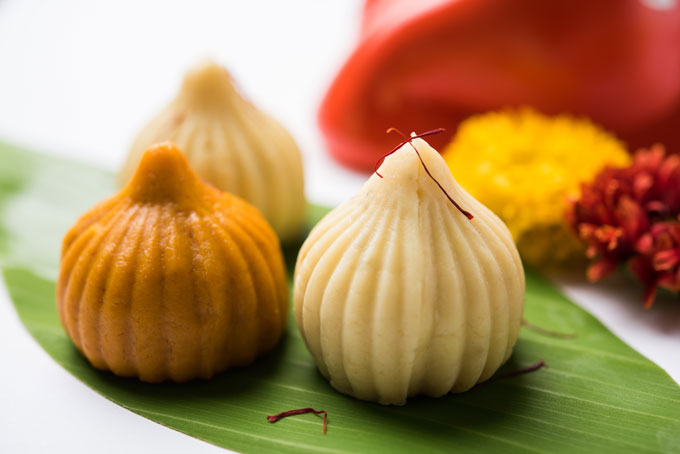
Schnitzel
Schnitzel, in brief, is a breaded, deep fried cut of meat, which alternatively can also be vegetarian.
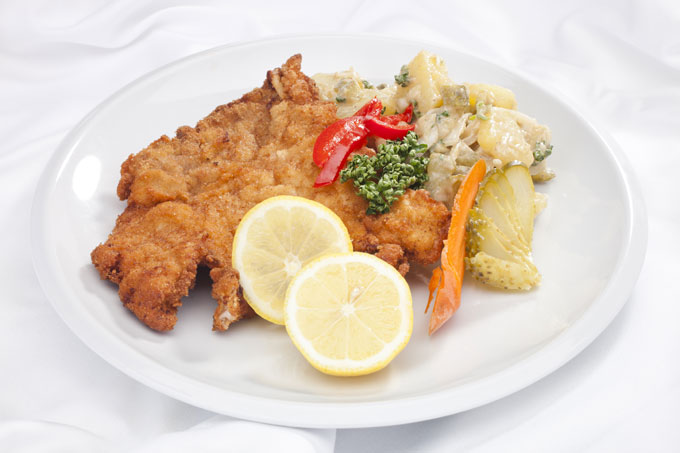
The most typical representative of this is Wiener Schnitzel made with veal. From Austria the Schnitzel has migrated not only to neighbouring countries (Schnitzel in the Czech republic is traditionally made from pork, also from chicken, and the national speciality is fried cheese, and Schnitzel made with mushrooms, cauliflower or zucchini), but has also enriched the cuisine in far away Japan, where Tonkatsu has been prepared since 1899.
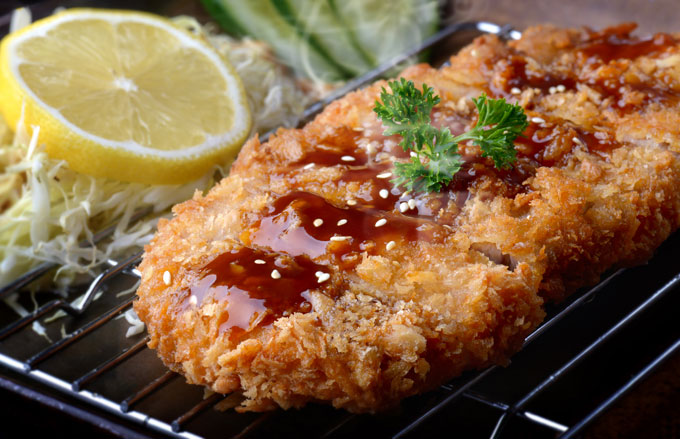
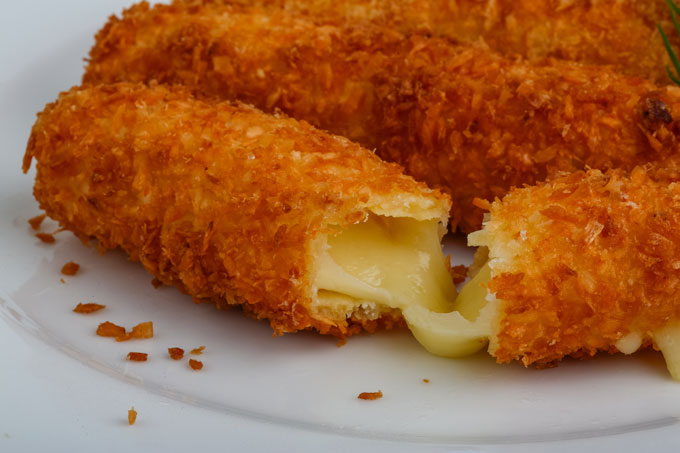
South American “schnitzel” is called Milanesa and is directly linked to Italy, while in France a similar dish is called Escalope.
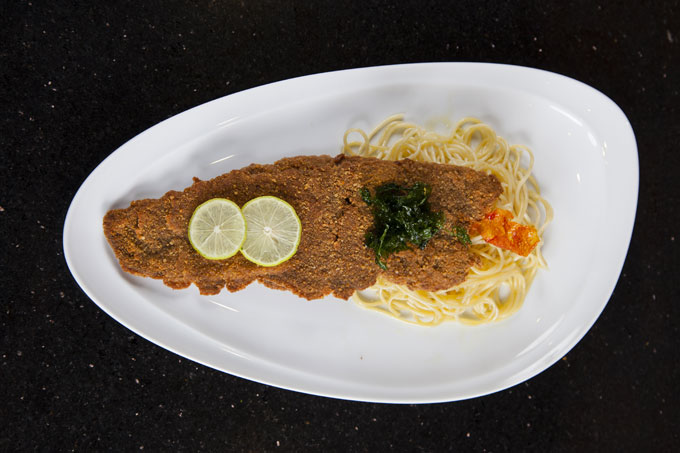
Other meals similar to schnitzel are dishes (vegetarian or non-vegetarian) which are battered and deep fried. Typical for most of Asia.
Chinese Sweet & Sour (Chicken, Pork)
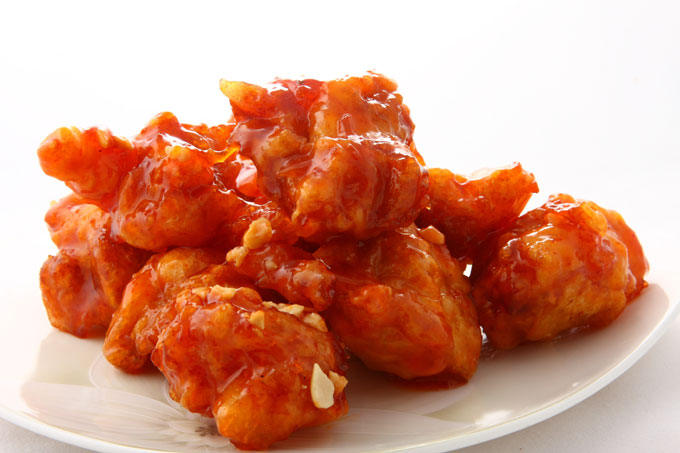
Indian Pakoras (vegetarian – chilli, zuchini, potato, eggplant)
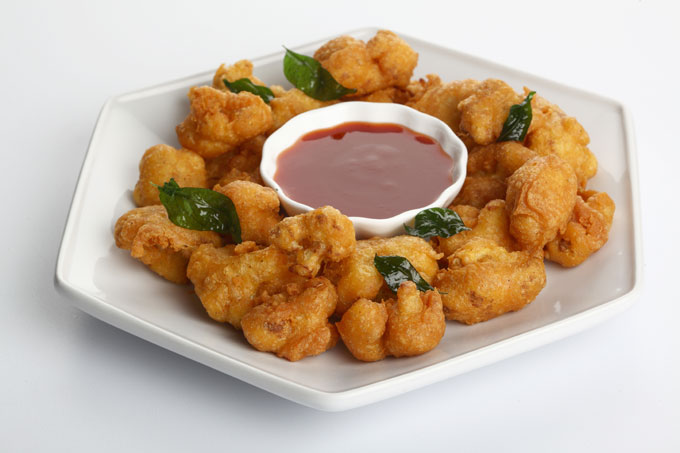
Indian Fish Koliwada
Casserole
While often associated with France, the casserole is a near-universal way to prepare a meal. A casserole can be a simply prepared meal in one dish, therefore time-saving and economical, while other types are more elaborate. In almost all cases, casseroles are placed in special vessels suitable for baking in an oven. This distinguishes them from stews, which are prepared on stoves (with heat from the bottom).
Types of casseroles by country of origin:
Tajine – North Africa, Middle East
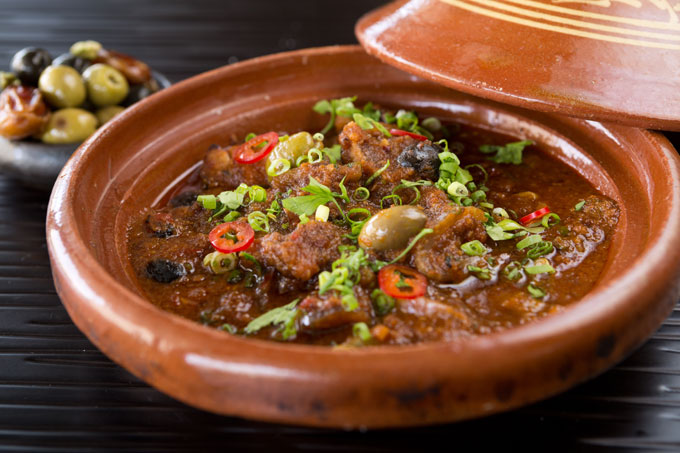
Cassoulet – south of France
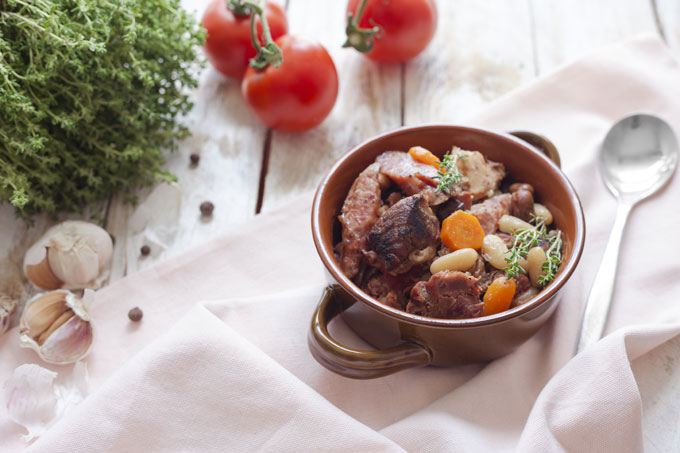
Moussaka – Middle East, Balkans

Shepherd’s Pie – United Kingdom (originally it was a leftover dish)

Lancashire Hotpot – Lancashire, UK
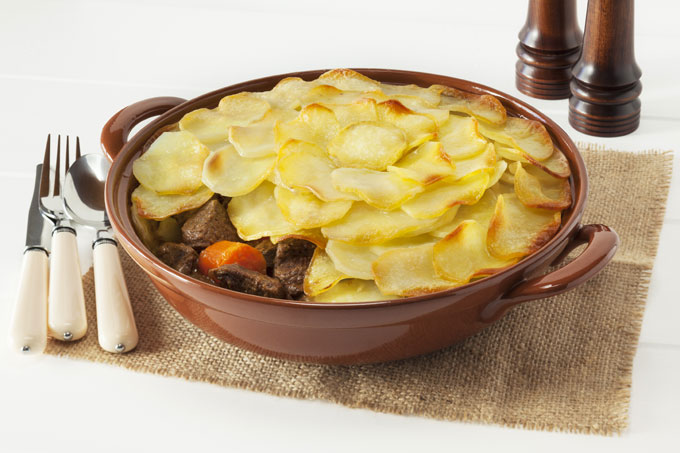
Macaroni casserole – Northern Europe
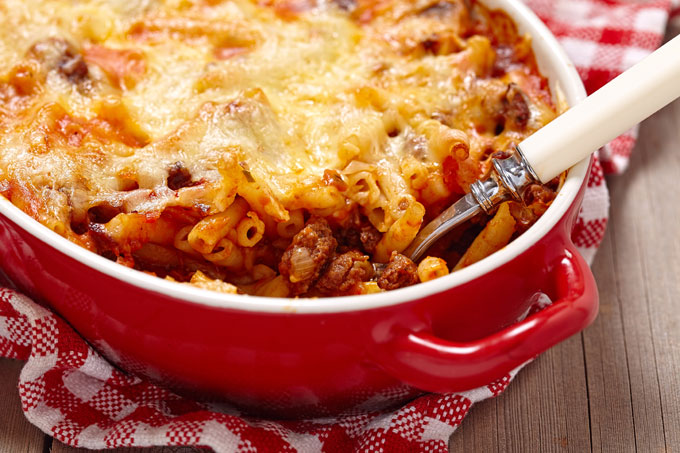
Mac and Cheese – USA
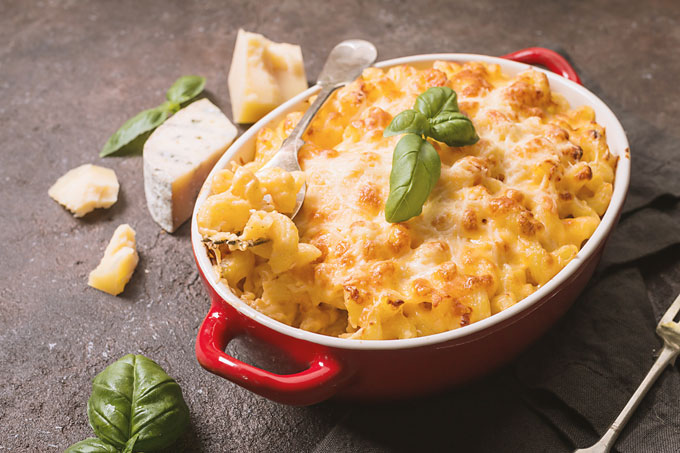
Photos: Shutterstock / Title collage: Martina Advaney
Support us!
All your donations will be used to pay the magazine’s journalists and to support the ongoing costs of maintaining the site.
Share this post
Interested in co-operating with us?
We are open to co-operation from writers and businesses alike. You can reach us on our email at [email protected]/[email protected] and we will get back to you as quick as we can.
